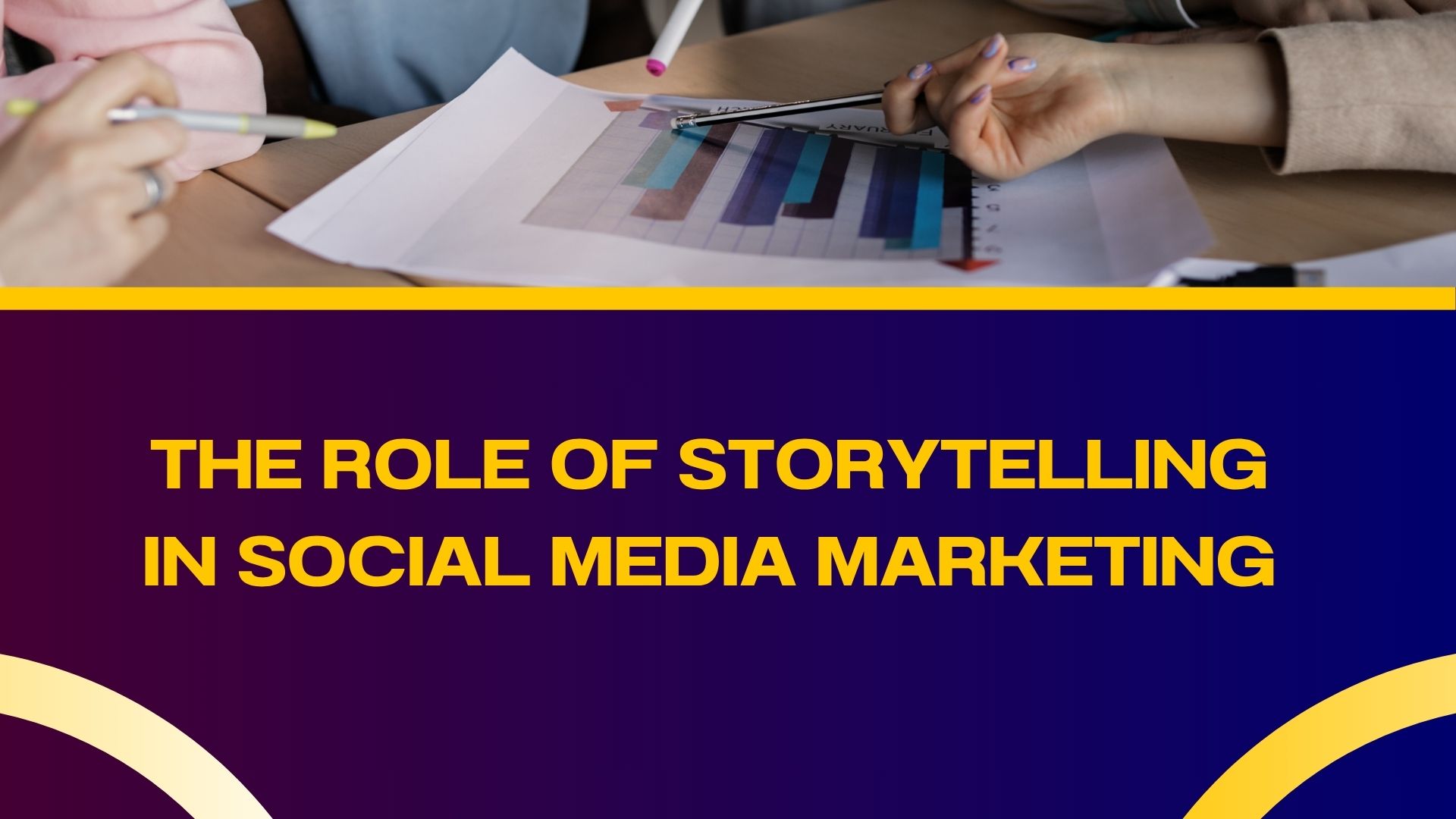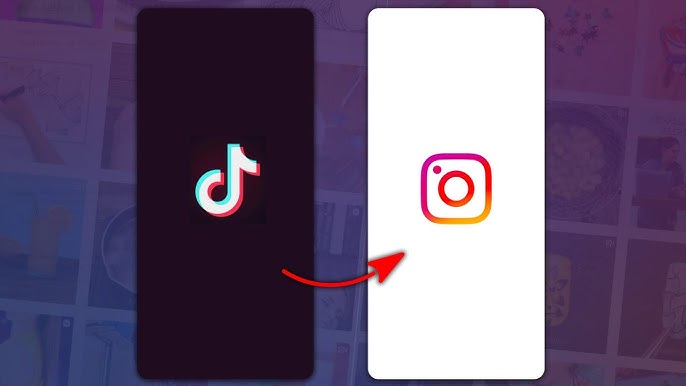In the digital age where consumers are bombarded with information every second, businesses face a critical challenge: how to stand out in an overcrowded, hyper-connected online environment. Amid flashy graphics and data-driven strategies, one timeless art has risen to the forefront—storytelling. On social media platforms, where attention spans are short and engagement is the currency, storytelling has become a powerful tool to foster connections, evoke emotions, and build lasting relationships between brands and their audiences.
This article explores the essential role of storytelling in social media marketing, why it works, how to craft compelling brand stories, and real-world examples of brands that do it right.
Why Storytelling Works in Social Media Marketing
Storytelling is more than just a creative expression—it’s a psychological trigger. Humans are wired for stories. Research in neuroscience shows that stories activate parts of the brain that process emotions, sensory experiences, and memory. When a brand communicates through storytelling rather than straightforward promotion, it naturally engages the audience on a deeper level.
Here’s why storytelling is effective in social media marketing:
- Captures Attention: In a sea of content, stories provide a hook that makes people stop scrolling.
- Builds Emotional Connection: Stories evoke empathy and relatability, encouraging audiences to form an emotional bond with a brand.
- Improves Retention: Information embedded in a story is easier to remember than standalone facts or data.
- Encourages Sharing: People love to share content that moves, entertains, or inspires them—exactly what a good story does.
- Strengthens Brand Identity: Through stories, brands can communicate values, vision, and personality in a way that’s authentic and memorable.
Elements of a Great Brand Story
Crafting a compelling story on social media is both an art and a strategy. While each platform (Instagram, Twitter/X, Facebook, LinkedIn, TikTok, etc.) requires different approaches, the foundational elements of a strong narrative remain consistent.
- Character: Every story needs a protagonist. In marketing, this is often the customer or the brand itself.
- Conflict: Introduce a problem or challenge. Conflict drives interest and creates a reason for people to care.
- Resolution: Show how the issue is resolved—often with the help of the brand’s product or service.
- Authenticity: Audiences can spot a forced or overly polished story. Be real, be human.
- Emotion: Joy, fear, inspiration, anger—emotions make stories stick.
- Visuals: Great storytelling on social media is visual. Videos, images, and graphics enhance engagement and clarity.
Platforms and Storytelling Approaches
Each social media platform lends itself to unique storytelling techniques. Here’s how brands can optimize storytelling across popular platforms:
- Use Instagram Stories and Reels for short, visual narratives.
- Share behind-the-scenes content or user-generated stories.
- Use captions to provide context and deepen the message.
- Post longer narrative posts that include customer journeys, founder stories, or milestones.
- Use Facebook Live to tell real-time stories.
- Leverage community groups to foster storytelling from the audience.
Twitter/X
- Use threads to break down stories into short, engaging pieces.
- Incorporate humor and wit for brand voice consistency.
- Use trending hashtags to tie stories to current events or conversations.
- Share professional and personal success stories.
- Highlight employee stories to humanize the brand.
- Use storytelling to reflect on industry trends and experiences.
TikTok
- Use short, entertaining videos with strong storytelling arcs.
- Combine humor, drama, or education to deliver quick, engaging narratives.
- Use trending audio and challenges as narrative backdrops.
Types of Stories That Work for Brands
There are many storytelling formats that brands can use depending on their marketing goals:
- Origin Stories: Share how the company began or overcame early challenges.
- Customer Success Stories: Showcase real-life customers who benefited from your product/service.
- Behind-the-Scenes: Offer a look into the culture, people, and processes behind your brand.
- Mission-Driven Stories: Highlight your brand’s impact on social, environmental, or economic issues.
- Day-in-the-Life Stories: Provide a human face to your brand through staff or customer daily experiences.
- Product Journeys: Tell the story of how a product is made, tested, or developed.
Measuring the Impact of Storytelling
While storytelling is inherently qualitative, marketers can track its effectiveness through various metrics:
- Engagement Rates: Likes, shares, and comments reflect how much the story resonated.
- Video Views and Watch Time: Especially important on video-heavy platforms like TikTok and Instagram Reels.
- Conversion Rates: Track how well a story leads to actions like sign-ups or purchases.
- Brand Sentiment: Monitor the tone of responses and discussions generated by your story.
Tips for Better Storytelling on Social Media
- Know Your Audience: Understand what your audience cares about and tailor stories accordingly.
- Be Consistent: Maintain a consistent voice and story arc across platforms.
- Keep It Simple: Avoid overcomplicating the message—clarity wins.
- Use Real People: Showcase employees, customers, or brand ambassadors to increase authenticity.
- Incorporate User-Generated Content: Encourage followers to share their own stories related to your brand.
Conclusion
In a digital world oversaturated with noise, storytelling is not just a nice-to-have—it’s a necessity. It humanizes brands, builds trust, and creates a sense of connection that traditional advertising can’t match. As social media continues to evolve, brands that master the art of storytelling will not only engage their audience but inspire loyalty and advocacy that drives long-term success.



